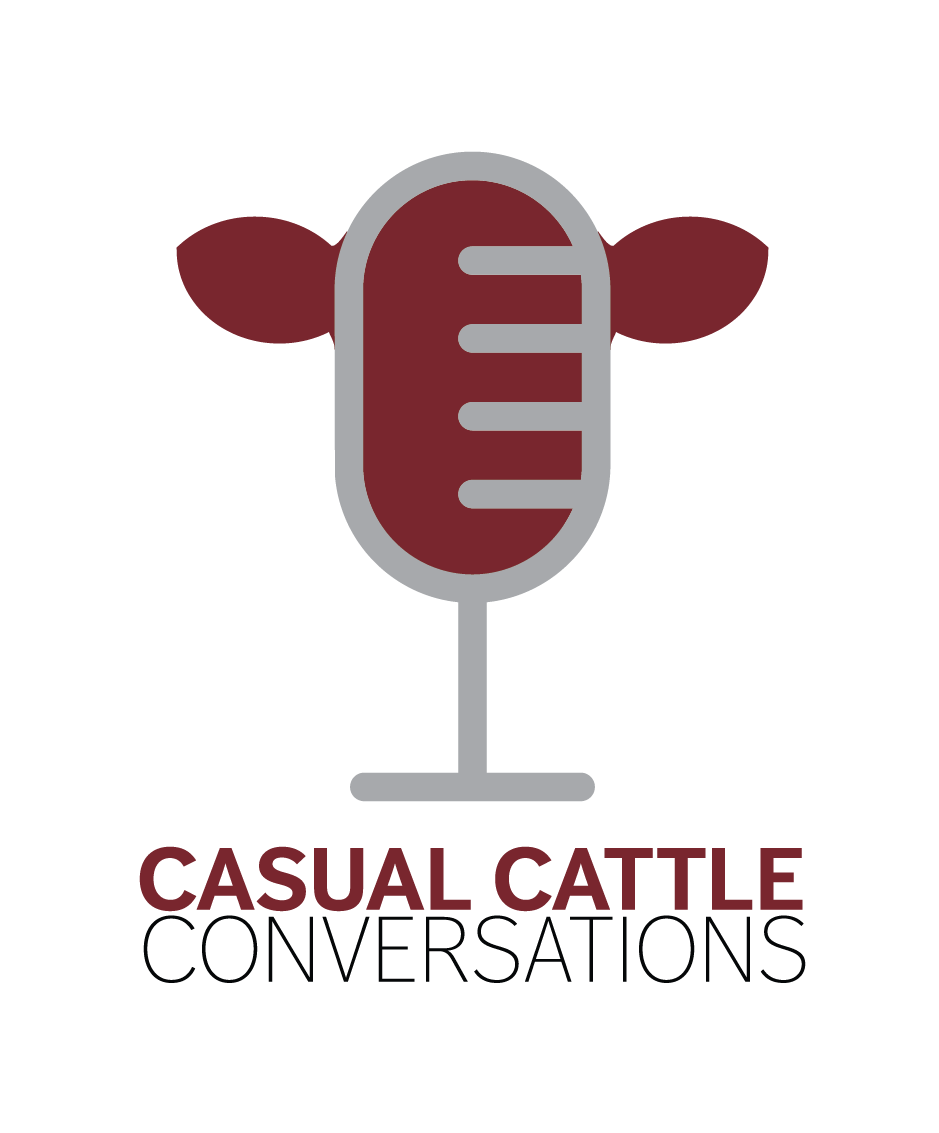The Podcast for Cattle Producers
These are show notes for the cattle producer who likes to read instead of listening or watching podcast episodes. Here you will find a collection of podcast episodes from the past year that are broken down into their key points and offer links to resources mentioned in the show. Here’s your chance to read up on current ranch management strategies that will improve how you operate as a cattleman and leader in the beef industry.
Podcast Show Notes for the Cattle Producer
6 Tips for Choosing a Herd Record System to Maximize Profit
Finding the best system and program for your operation is largely dependent on your own unique needs. I break down finding the best system for you into six different categories: purpose, longevity, cost, user access, availability and ease of use.
Tips and Technology for Receiving Calves
“The guys that are on notepads don’t always know where they're at,” says Ranly. “They're probably really nervous about the market and hesitant to sell because they don’t know if this profit is good enough.”
Modern-day Consumer Concerns About Beef
“I think another interesting point to discuss is people think cattle are only fed corn and we don’t share how cattle are a part of the overall food supply chain and consuming by-products of other food systems,” says Johnson. “Cattle are taking products that would otherwise be waste and turning them into a nutrient-dense protein source for humans.”
Two Grazing Tools Ranchers Need to Know About
The synergy between these two tools ties land stewardship directly to profitability. “The primary return on investment comes from being better land stewards,” White says. “For years, we’ve used AUMs to estimate intake, but now we can measure the individual grazing cow.”
How Virtual Fence is Solving Real Problems for Real Ranchers
“This system has so many opportunities in it,” says Jim Strickland, sixth generation Florida rancher. “Not only can I save on capital improvement cost and maintenance cost, but there were so many other opportunities.”
Strategies to Improve Pregnancy Rates in Cow Herds
Quail says, “Fertility is like a domino train. You are waiting for the last domino to fall but the train may have fallen off track a long time ago in a different room.”
Tax Conscious Ways for Ranchers to Spend Profits
“One temptation with profit is to avoid taxes, which results in purchasing equipment or cattle,” Berger says. “I encourage ranchers to take a step back and look at the bigger picture to see if that’s truly the best option.”
Tips for First-Generation Ranchers
“If you want to be in the production realm, that’s a very different track than going into the industry or homesteading,” she says. “It’s a very labor-, financial- and time-intensive business to get into.”






















